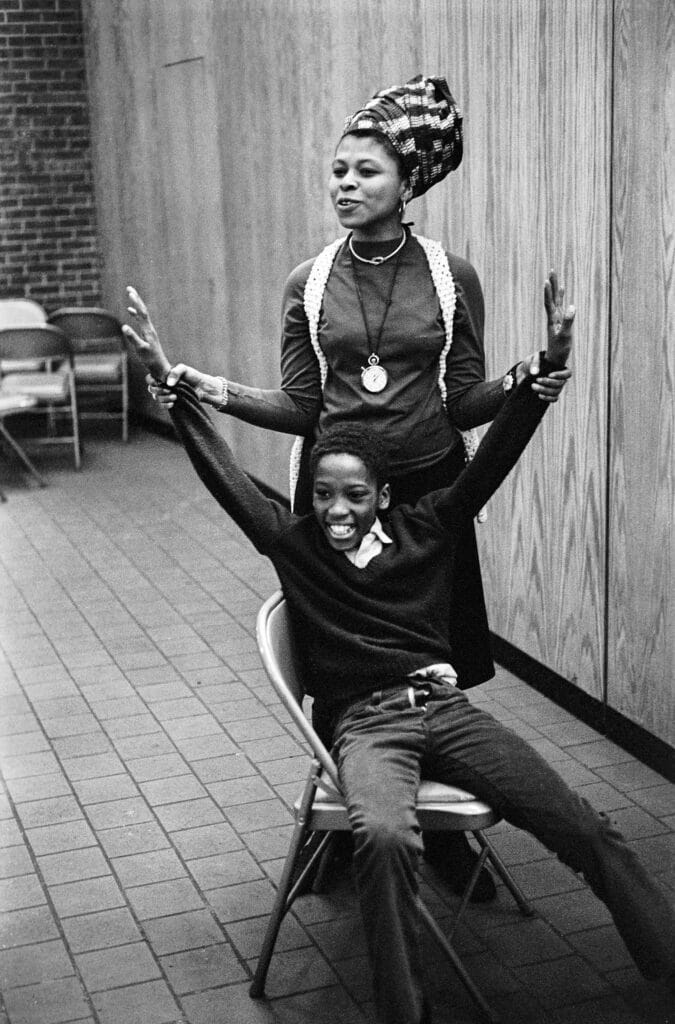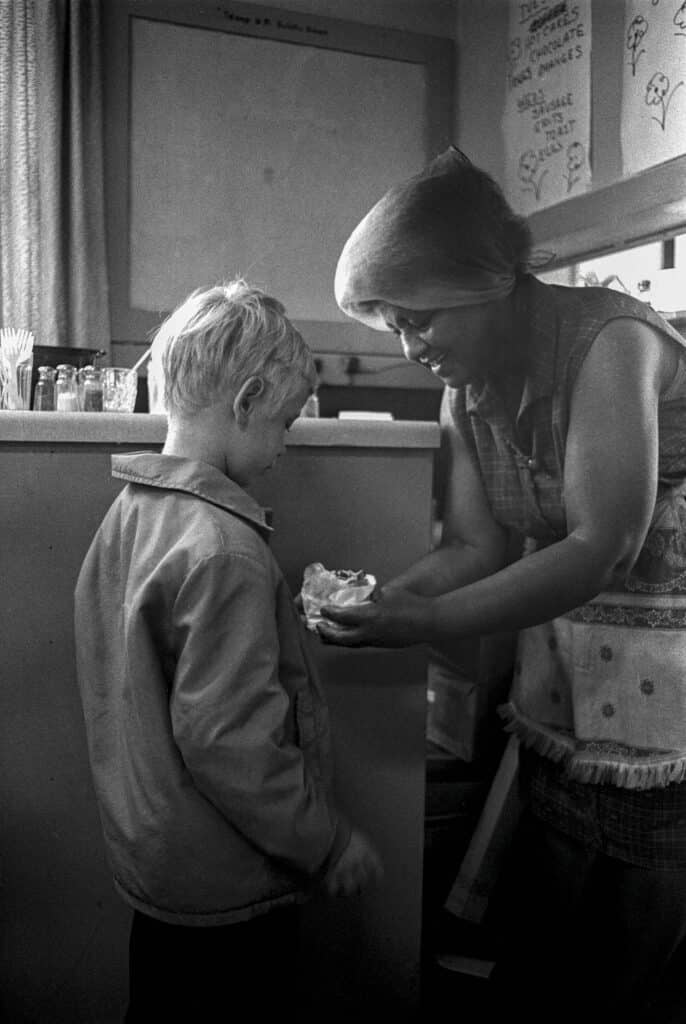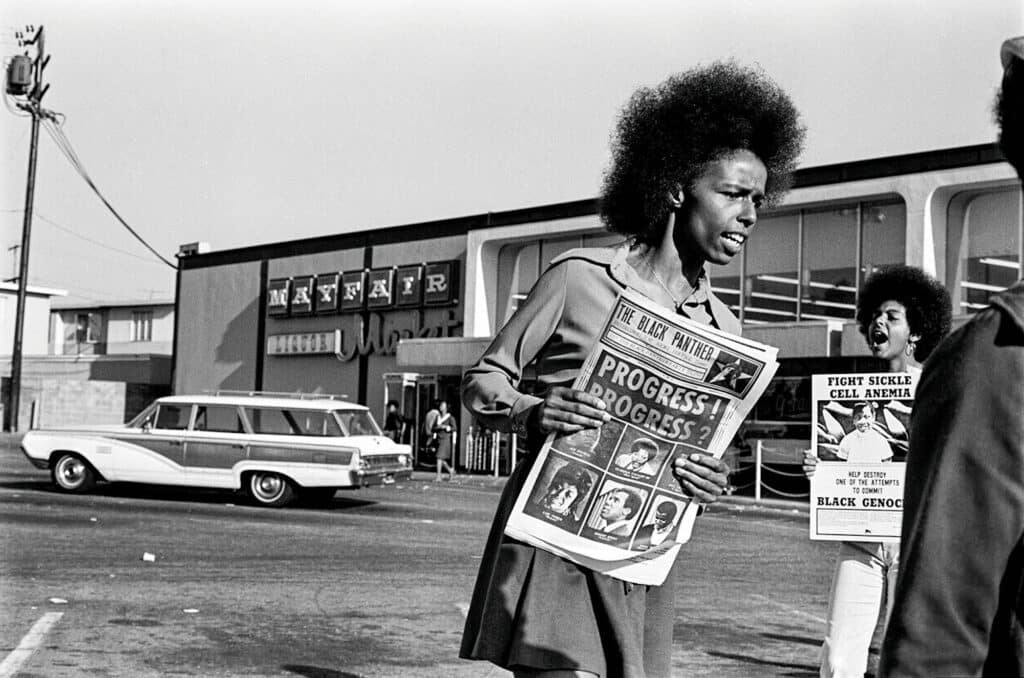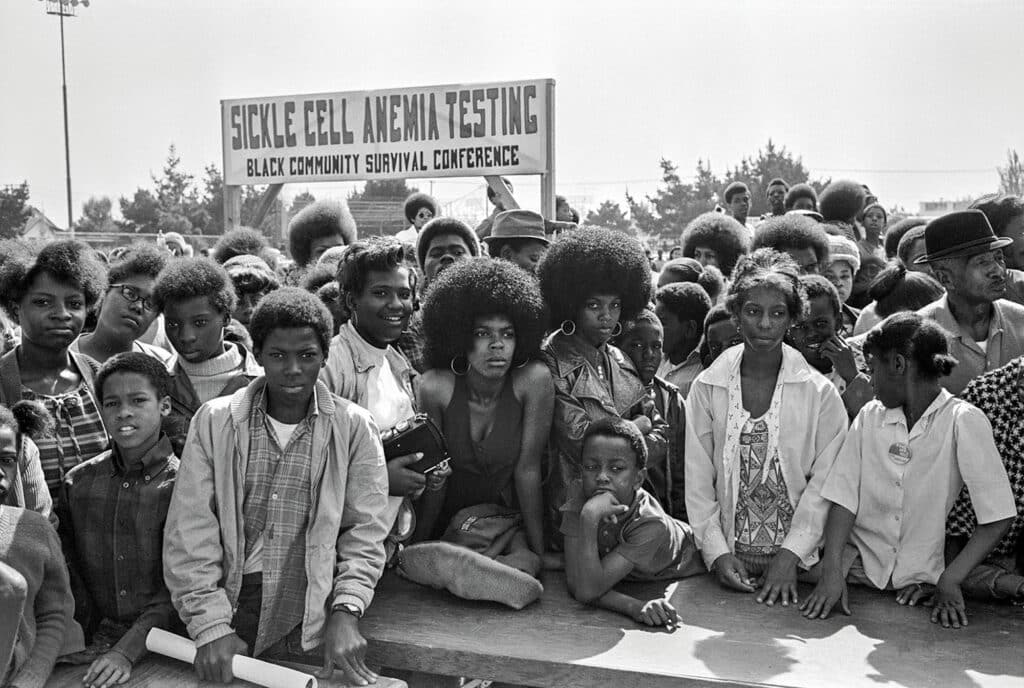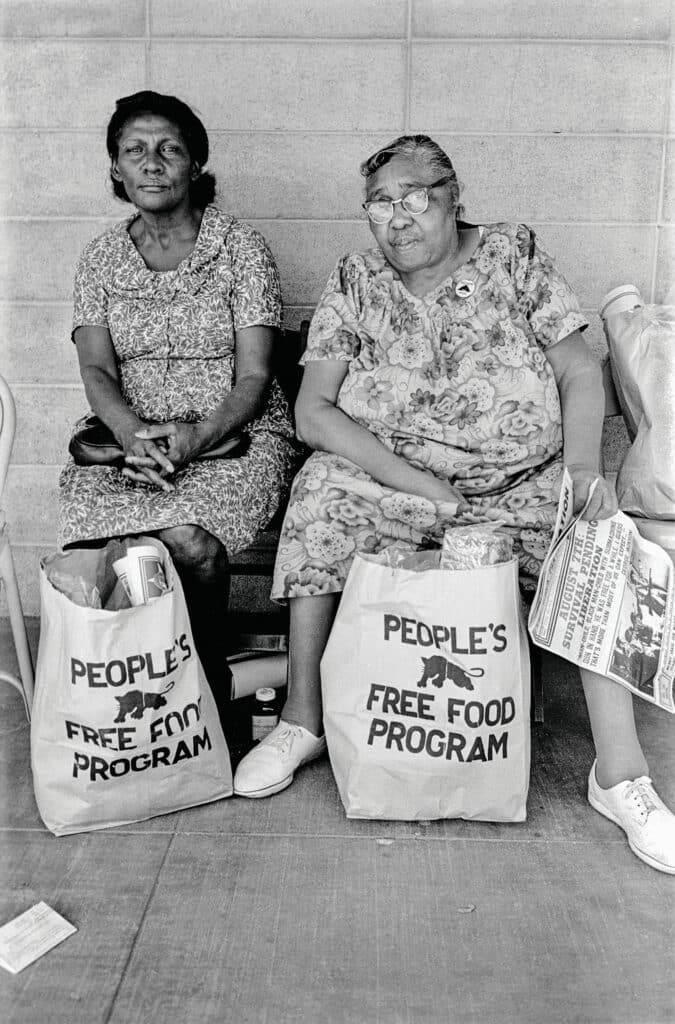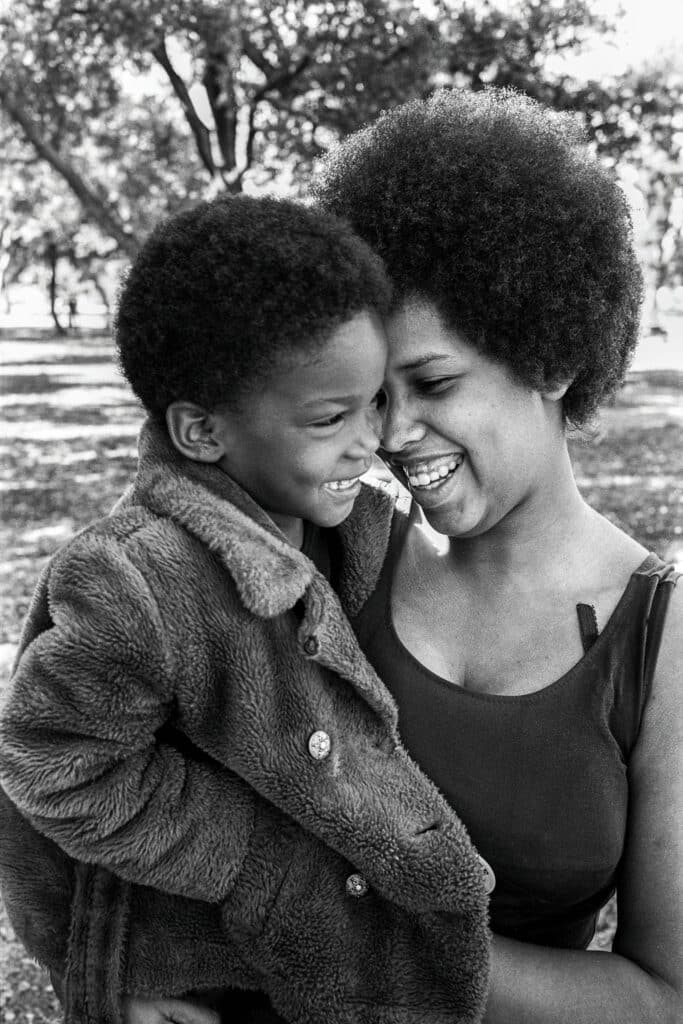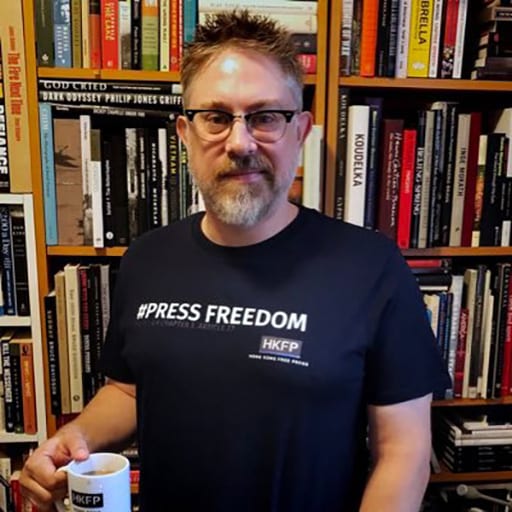Walking up the stairs to photographer Stephen Shames’s apartment in Brooklyn is like walking through a history of the photographer’s work. Over a career that spans five decades, Shames has been all over the world, covering everything from child poverty, gun violence, street kids, fatherhood, and social justice, along with presidents, actors, writers, and musicians.
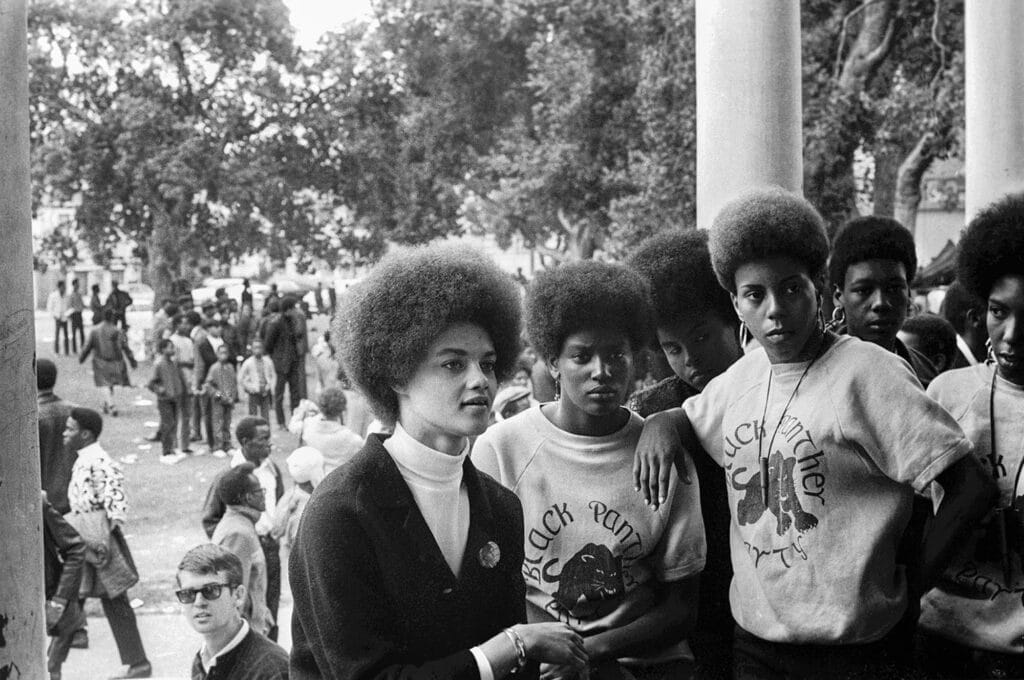
I came to his apartment, a short walk from my own, to talk about his life, his photography, and his work with the Black Panthers. Specifically, Shames’s new book, Comrade Sisters: Women of the Black Panther Party, which looks at the role played by the women of the Black Panthers in both photographs and interviews with 50 female party members.
“I graduated from high school in ’65, which was the year that the Voting Rights Act was passed by Lyndon Johnson,” Shames says. “In ’65 my parents were living in Los Angeles, Santa Monica. And so I applied to Berkeley and I got in. Of course 1964 was also the free speech movement at Berkeley, which is why I wanted to go [there]. My dad wanted me to go to Stanford or Harvard, but I wanted to go to Berkeley.”
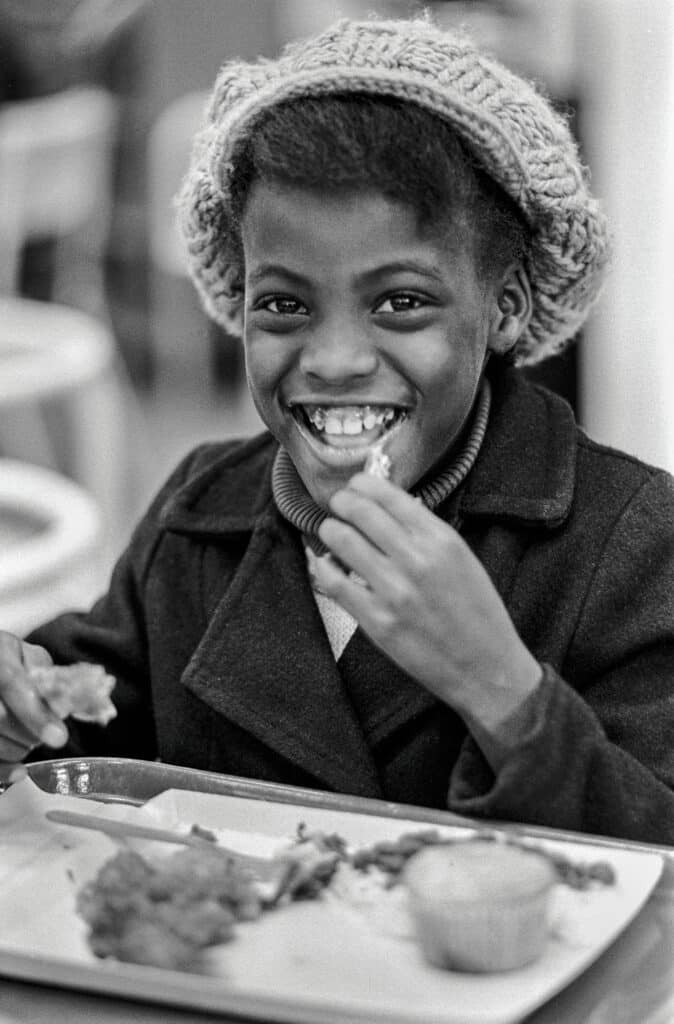
The unofficial official photographer of the Panthers
At Berkeley, Shames became involved in student politics and was elected as a student senator, but he hated it. He didn’t care for the infighting and meetings. So after working a summer job, he saved some money, and during the Summer of Love he hitchhiked across the country and ended up in the Lower East Side of New York City. While he was there, he got his first camera.
“I had $50 or $60, and I went to a pawn shop and got a little Pentax camera and started taking pictures. And like the cliche, I always say it clicked. I just realized, wow… because I can’t draw, I can’t paint. But I realized I could express myself with the camera.”
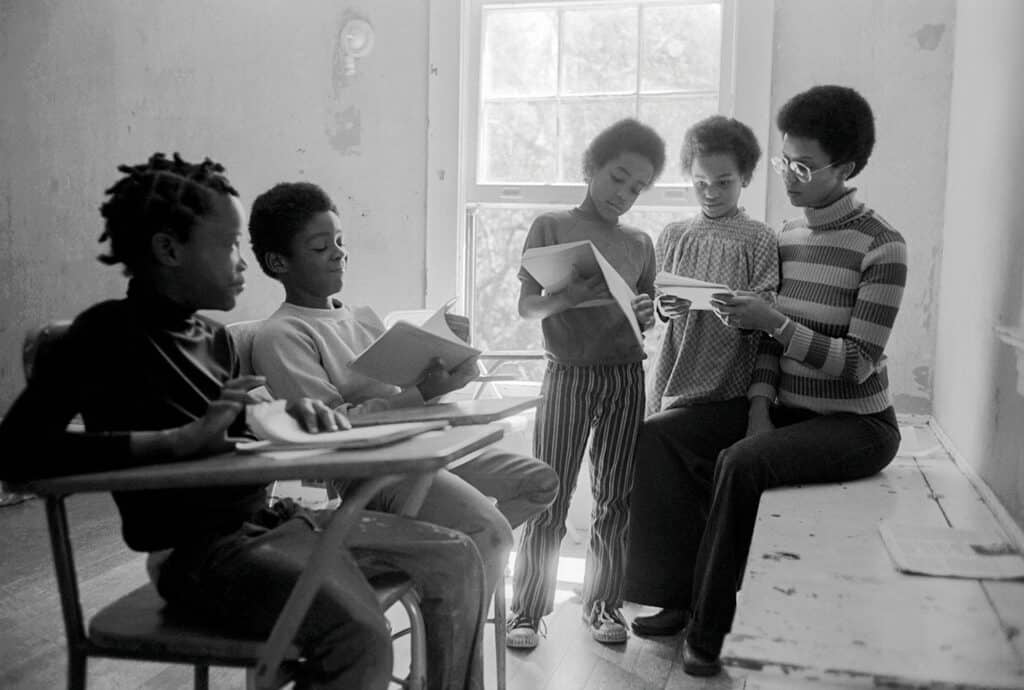
When he returned to Berkeley, Shames found that the art program had a darkroom and some great teachers, including Dave Bond, who did Sierra Club books, and Leonard Sussman. After a chance encounter with Max Scherr in a coffee shop on Telegraph Avenue, Shames began working for The Berkeley Barb, an early underground newspaper.
On April 15th, 1967, with his father at his first Peace March, Shames spotted two photogenic African Americans, and once again fate came into play.
“So we’re marching along the streets to go to Kezar Stadium, and out of the corner of my eye I see these two very charismatic Black men selling little red books, Mao’s Red Book. And it was Huey (Newton) and Bobby (Seale) … I took one frame, and someone stepped in front of Huey, and I didn’t take a second frame. I didn’t know who they were. But I have a picture of Bobby and this kind of blurry guy on the left of him. And I’m going, ‘Damn. Why didn’t I take a second frame? I would’ve had Huey and Bobby.'”
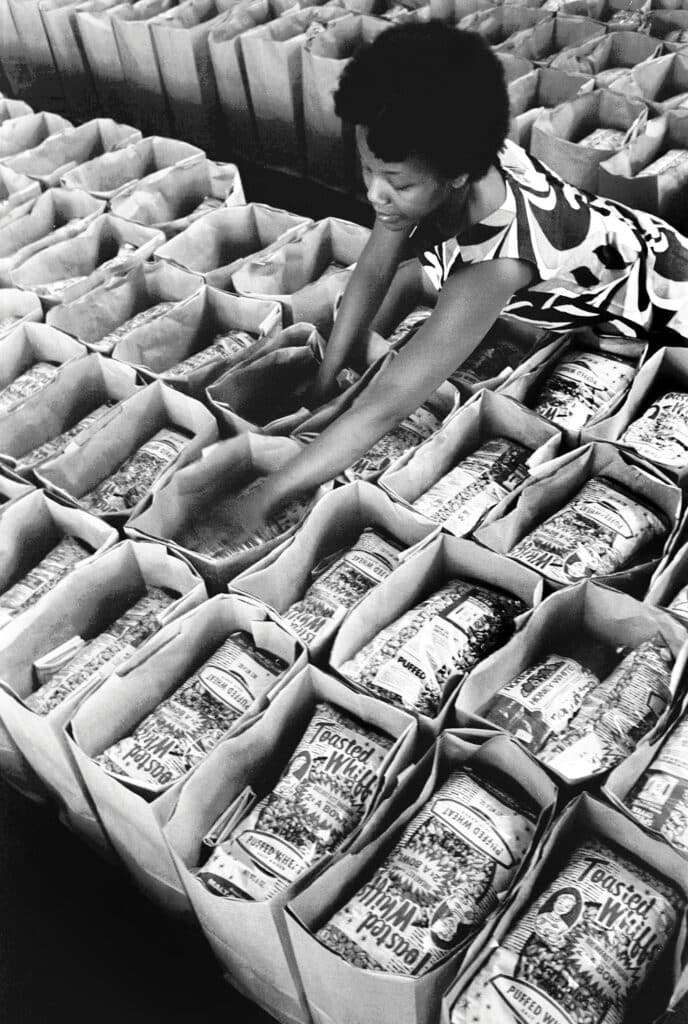
At some point soon after, though neither Shames nor any of the Panthers remember exactly when, Shames went by the Panthers’ office to show them some of his photographs.
“Bobby liked my pictures and asked if they could use them in the paper. I said yes. That started the relationship with the Panthers. Bobby basically introduced me to everybody…. I became the unofficial official photographer of the Panthers.”
And so began Shames’s work documenting the Black Panthers. From 1967 through 1973, Shames photographed their activities not just in California, but across the country.
Female strength
But it was at the 55th anniversary of the Panthers where the idea for Comrade Sisters came to fruition. Shames was approached by some of the women members, who pointed out that women ran most of the programs out of the offices, and that there were women on the Central Committee. Shames realized it needed to be a book.
“The Panthers were at the forefront in terms of women back then. And they had more women in leadership positions than pretty much any of the other movements … whether they were centrist or right wing or left.”
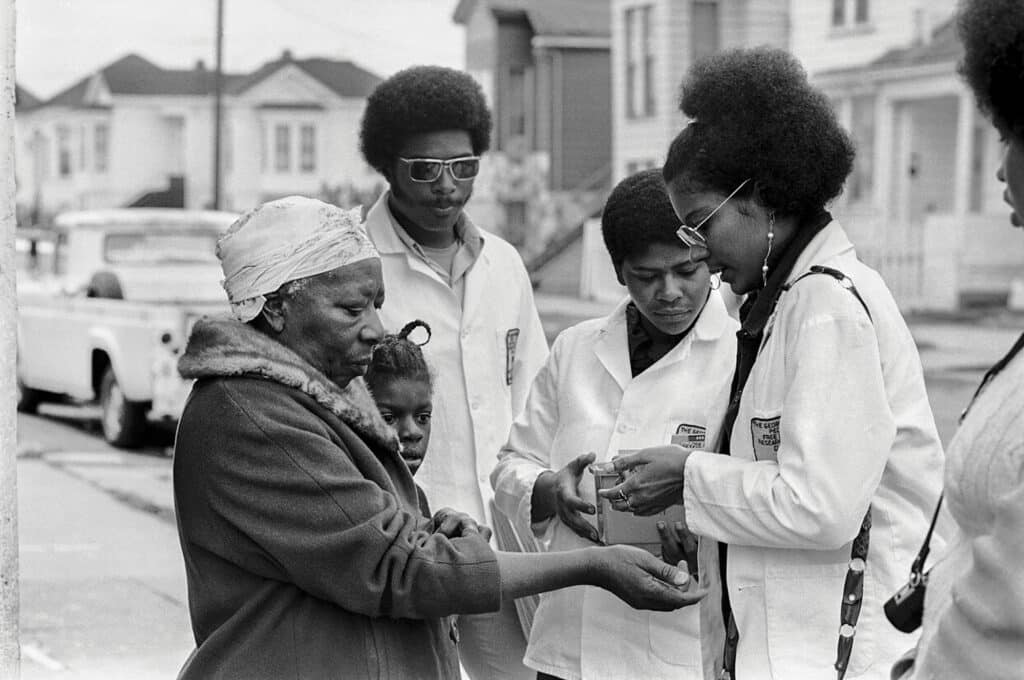
It is estimated that 6 out of 10 members of the Panthers were women. These women worked to build communities and enact social justice, providing food, housing, education, and healthcare, all while making headlines for agitating, protesting, and organizing. But their stories had never been fully told.
Shames partnered with Ericka Huggins, an early member of the Black Panthers and a leader along with Bobby Seale and Huey Newton. She spent 14 years in the Panthers, and 8 as the director of the renowned Oakland Community School. For the last 40 years, Huggins has lectured across the country and around the world.
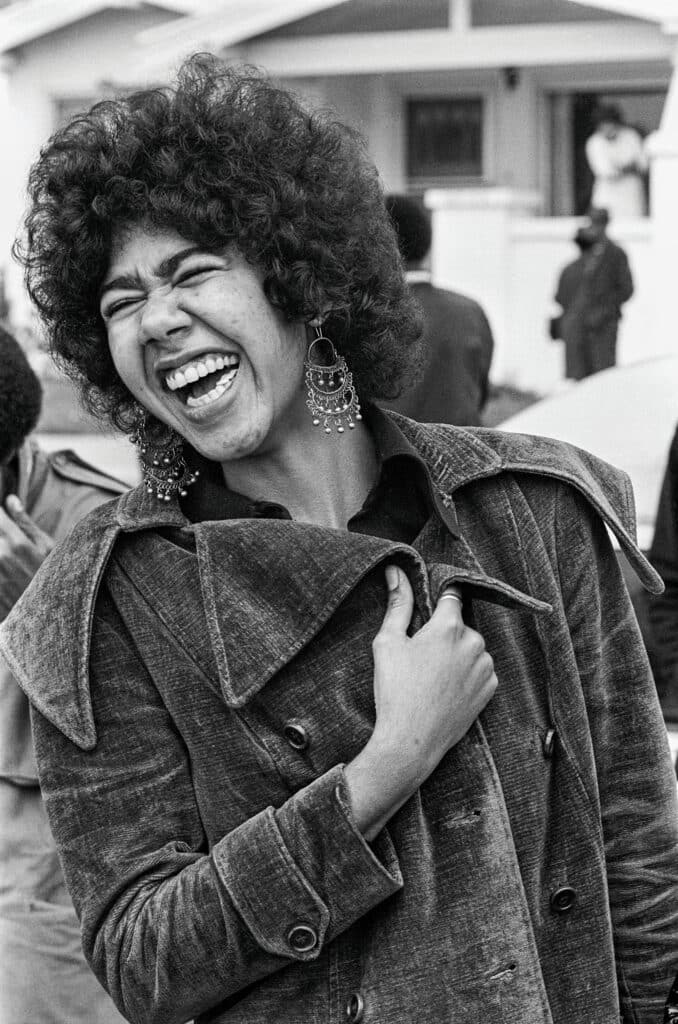
“These women are not victims. No. They’ve been victimized, but they’re not victims, and that’s an important distinction.“
Stephen Shames
Huggins not only wrote the introduction for the book, but also put together interviews with 50 female former members of the party and their families. As Huggins notes, “One book is not large enough to tell all of their stories — their tales of compassion and solidarity in the face of oppression could fill volumes. Yet, represented here is the organized, coordinated, and sustained effort made by those who managed the multi-layered community services of the BPP, including grassroots campaigns to seat mayors, assemblypersons, judges, and neighborhood councils. I am honored to be the weaver who brings this tapestry of stories to the printed page.”
Shames agrees that not only is it time for the women of the Black Panther Party to be recognized, but women in general, and Black women in particular.
“I think it’s really important to understand that women have been there from day one doing all kinds of stuff, but they often don’t get credit. … I think there are still people in this country who don’t understand that Black people and Black women can actually be powerful, and not be victims. I think that’s something else that comes across very strongly in the book. These women are not victims. No. They’ve been victimized, but they’re not victims, and that’s an important distinction. They’re very strong. They were fighting back, and, again, fighting back out of love. They really showed the love for the community.”
On the ground
This love for the community, and the organization by the women of the Party, also holds many lessons for today. Of particular note is how the Panthers listened to their communities, found out what it was that their community members really needed, and then worked to create solutions.
Shames uses a volunteer ambulance service as an example. In Winston-Salem, North Carolina, the Panthers learned people were dying in the local community because ambulances either wouldn’t come into the community or it took them too long to arrive. So the Panthers organized a volunteer ambulance program.
They didn’t have such a program in Oakland, because it wasn’t necessary there. But the women running things in Winston-Salem also listened to their local community, saw what the people needed and wanted, and initiated programs to help them.
Other communities started elder visitation programs to provide companionship and support, supported schools and educational programs, and fed children. The programs were all based around local relationships and understanding the specific challenges of each community.
These lessons about organizing and listening are ones that Shames feels could be, and should be, absorbed by those wishing to become political activists today. It’s not about top down decisions. Rather, it’s about listening to those on the ground to learn what a community needs and wants, then working from the bottom up to make that a reality.
“And so you asked, ‘What should people get from the book?’ I think if people really listen to the stories of the women and look at the pictures of what was going on, it might give a blueprint for what people who want to make change need to do,” Shames says. “I think that could provide a roadmap for making progressive change in the United States, or any place.”
Comrade Sisters: Women of the Black Panther Party is available through ACC Art Books on their website. Along with the book, there is also a link to extra resources for the book, including a series of free downloadable posters, study aids, and a video.
More of Stephen Shames’s work can be found on his website and on his Instagram. Shames is also represented by the Steven Kasher Gallery in New York City.

